Respect and responsibility to our shared world
Bees are regarded as the most efficient insects for carrying out pollination. Through this process, they make possible the production of seeds and fruits that give life to a wide variety of living beings. They collect nectar and pollen to feed all members of the colony. They use propolis to cover air currents and water to regulate the temperature inside their hive.
There are more than 20 thousand species of bees in the world! 95% of these are solitary, and only 5% are social. The bees that produce honey belong to this 5% and are called honey bees. They live in large, perfectly organized colonies, where each one performs a specific function according to its age and caste.
A colony is composed of three types of bees:
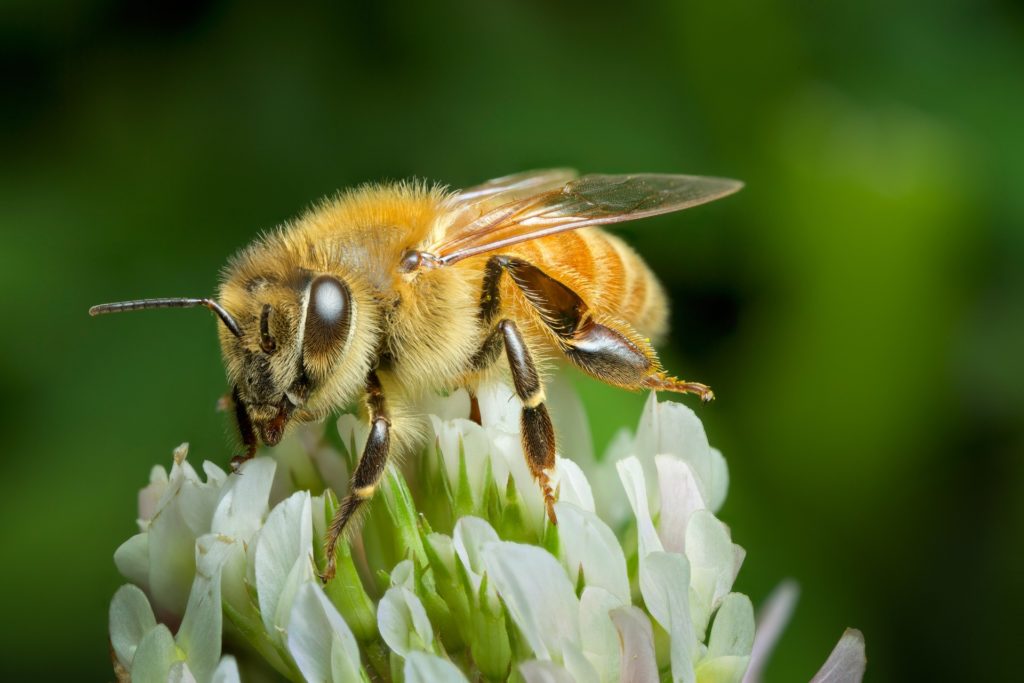
Bees are regarded as the most efficient insects for carrying out pollination. Through this process, they make possible the production of seeds and fruits that give life to a wide variety of living beings. They collect nectar and pollen to feed all members of the colony. They use propolis to cover air currents and water to regulate the temperature inside their hive.
There are more than 20 thousand species of bees in the world! 95% of these are solitary, and only 5% are social. The bees that produce honey belong to this 5% and are called honey bees. They live in large, perfectly organized colonies, where each one performs a specific function according to its age and caste.

A colony is composed of three types of bees:
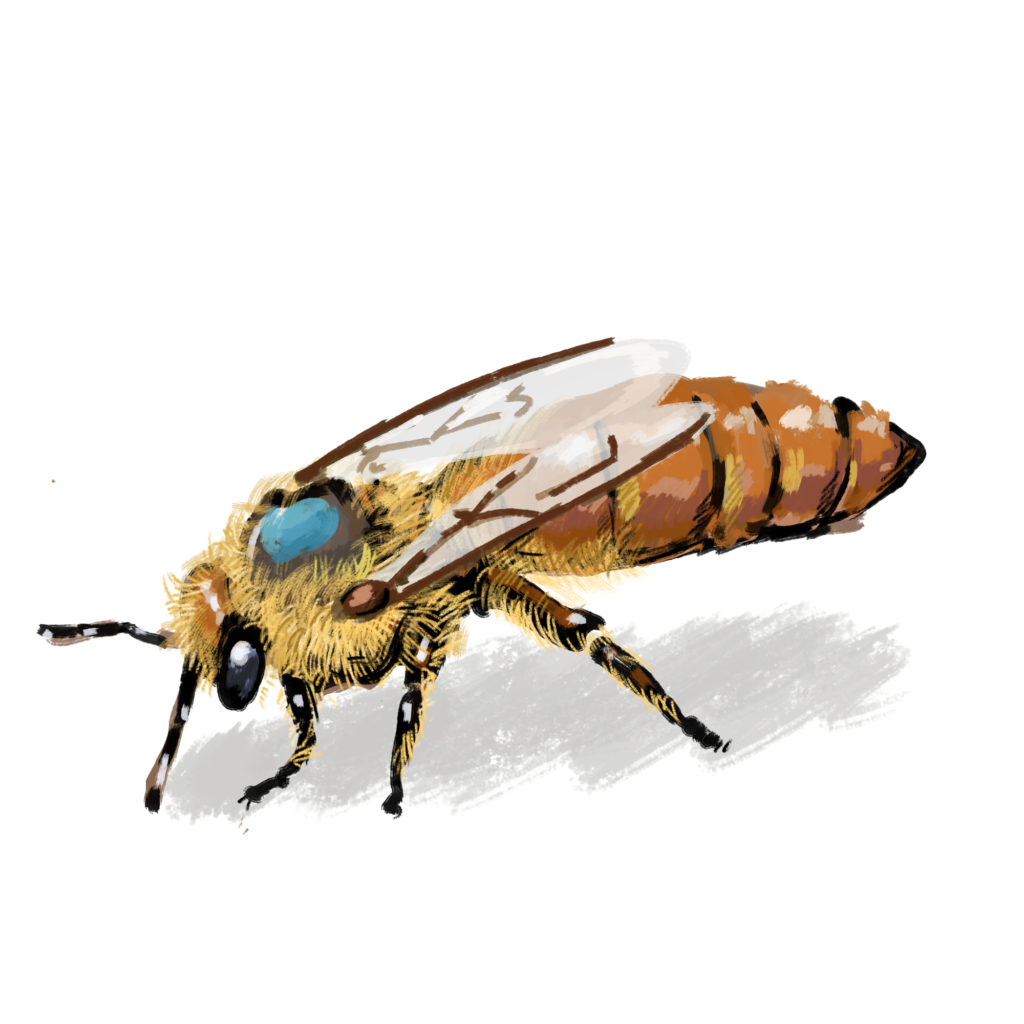
Known as “The mother of the whole colony”; it is the bee with the big abdomen. You can only find one in each hive.
Main functions: to reproduce, jointly with the drones, to lay eggs that will give birth to all the members of the colony, and to regulate the activities of the other bees through the release of pheromones.
Known as “The worker of the household”: These are the most abundant bees in a beehive; you can find between 60 and 80 thousand of them.
Main functions: They are cleaners, wax producers, and builders of honeycombs; they are also defenders of the hive and collectors of nectar, pollen, propolis and water.
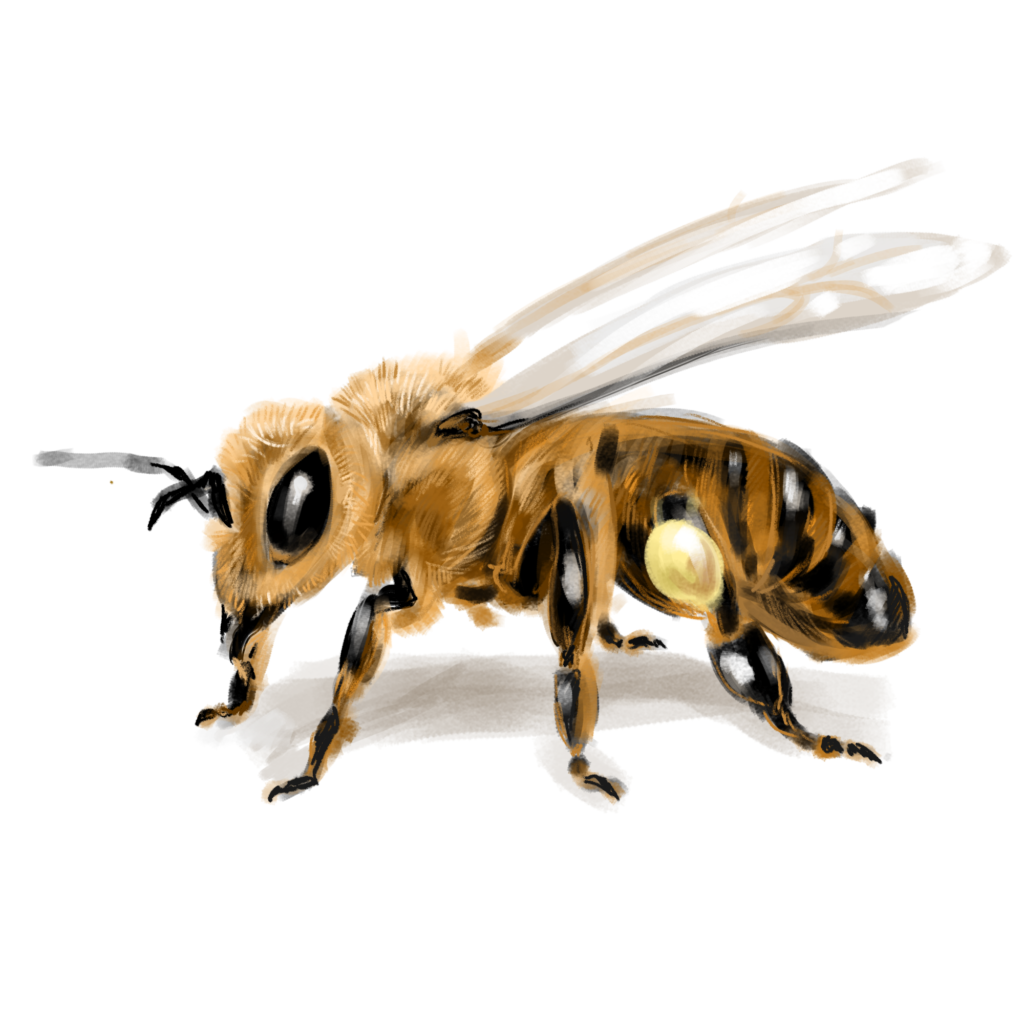
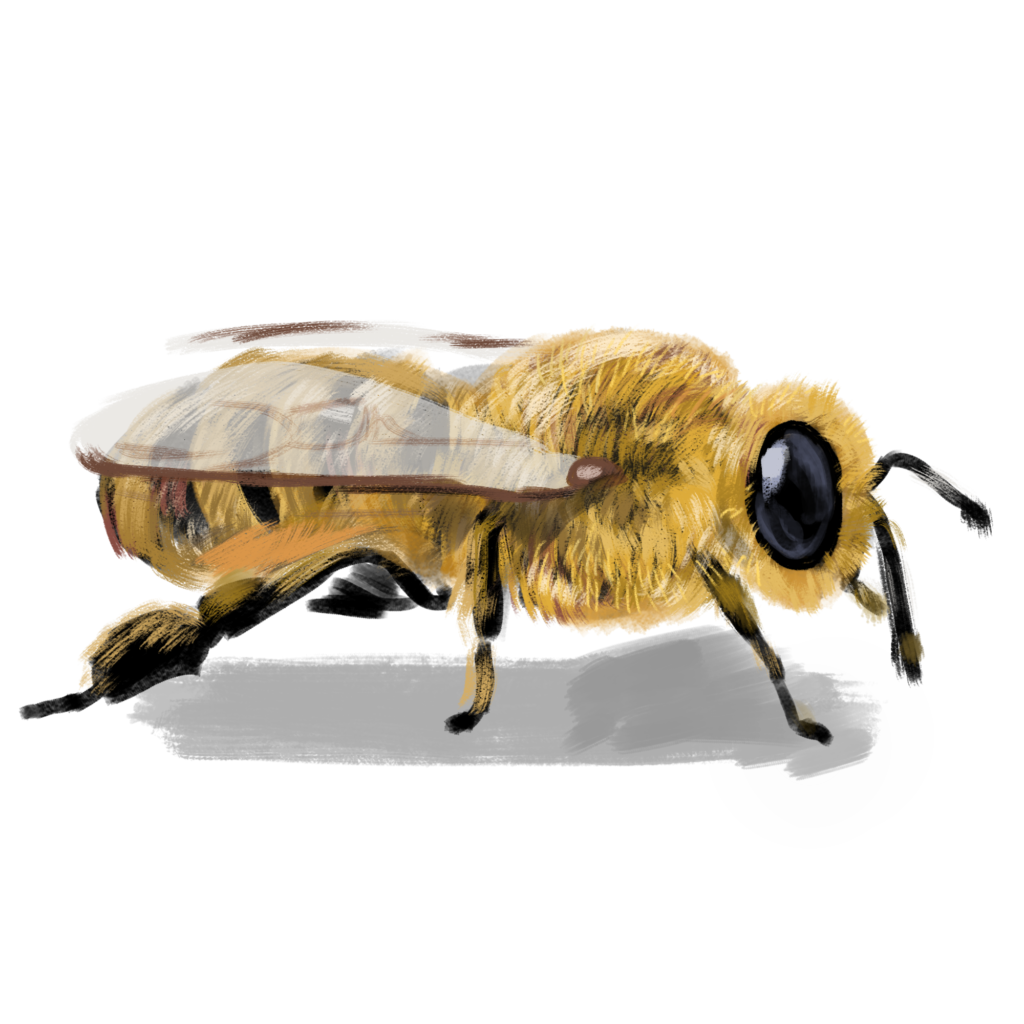
This is known as “The father of the household”; it is the male element and represents less than 1% of the total population. Its main function is to fertilize the queen in order to ensure the reproduction of the species and the balance of the hive.
UN and FAO have registered around 20,000 species of wild bees that pollinate plants, they play a crucial role on biodiversity, and to food crops. The estimated annual value of these crops that this pollinator helps is estimated in $577 billions dollars each year. However, pollinators, as bees, are under a very dangerous threat. They have an extinction rates that are 100 to 1,000 higher than any other species due to human impacts on the environment.
If the current trend continues, by the next decades around 40 percent of invertebrate pollinators will go extinct, changing the global crop supplies, increasing prices for consumers and generating losses of $160 -$190 billions of dollars annually, getting worse over time. The BeeRing is working on alternatives solutions to mitigate the extinction of these pollinators.
“Much of the increase in honey consumption in the US over the past decade comes from
increased use of honey as an ingredient in manufactured food products. We estimate that honey is a major ingredient for about 0.4% of all manufactured products in the US. Also, the manufacture of these products supply jobs and economic output to the US economy.“
William A. Matthews, Daniel A. Sumner and Tristan Hanon
University of California Agricultural Issues Center
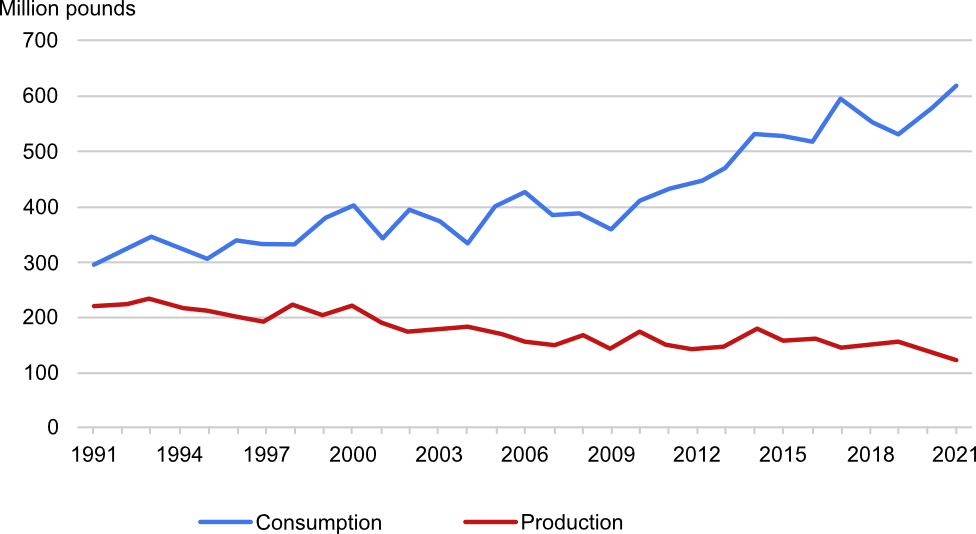
Sources: USDA, National Agricultural Statistics Service; U.S. Departament of Commerce, Bureau of the Census
We do not feed the bees, we always leave them when we harvest their products the 1/3 part, which is what they need to live.
Veterinary experts and entomologists in coexistent beekeeping are pending them 365 days a year.
Each hive has a personal record since it is generated and with that database, we select the best queens to produce our queens and drones to make a friendly beekeeping.
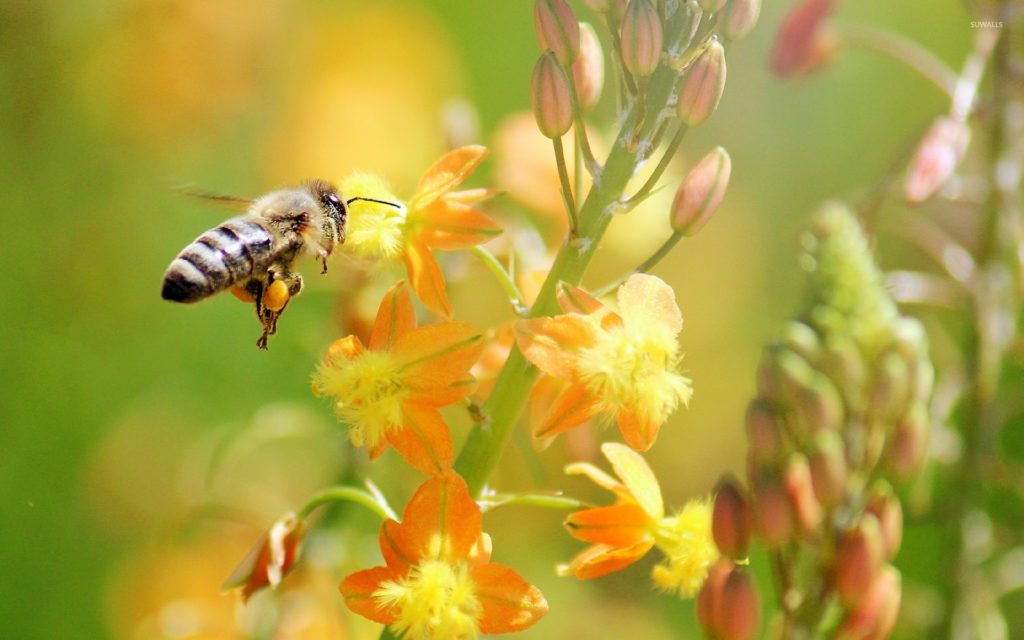
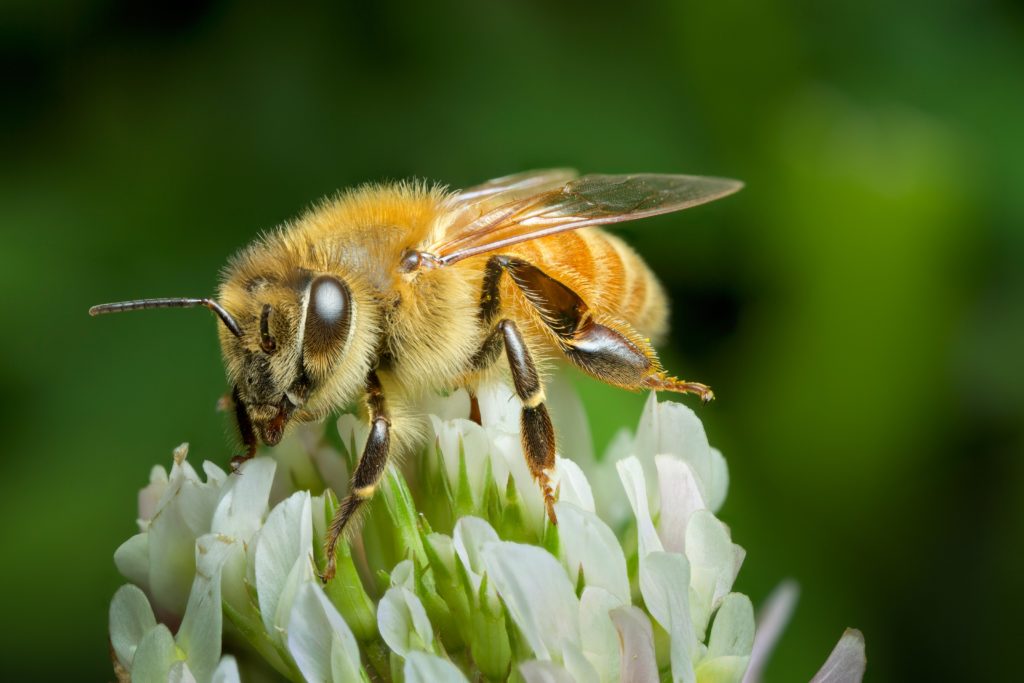
Each hive is cleaned of weeds around it, to prevent evil animals from living under their houses and blocking their entrances, affecting their fragile wings.
We locate the hives in ventilated areas, never in open spaces, so that they can manage the interior temperature and protect them from hot or cold air currents and facilitate the arrival and departure of their houses.
we supply new honeycombs every year, respecting the size of their cells, so that they feel comfortable depositing their young and food that they collect from the fields to support their families.
We leave enough spaces in the brood chambers and a special compartment or lift for honey, separating it with a mesh so that the queen does not put her young in that box, which is where the honey is collected, giving more health to the honey that is collected, for human consumption.
We respect their natural foods, putting them in places not suitable for commercial crops and they can find thousands of wild flowers that will never be fumigated.
We provide a place where there is plenty of fresh water and that they run, so that they can manage the temperature of their hives with it. We control your parasitic mite, so that it is always strong and healthy.
We only take 1/3 of their product and once a year, so that they can continue their normal life cycle, without starving.
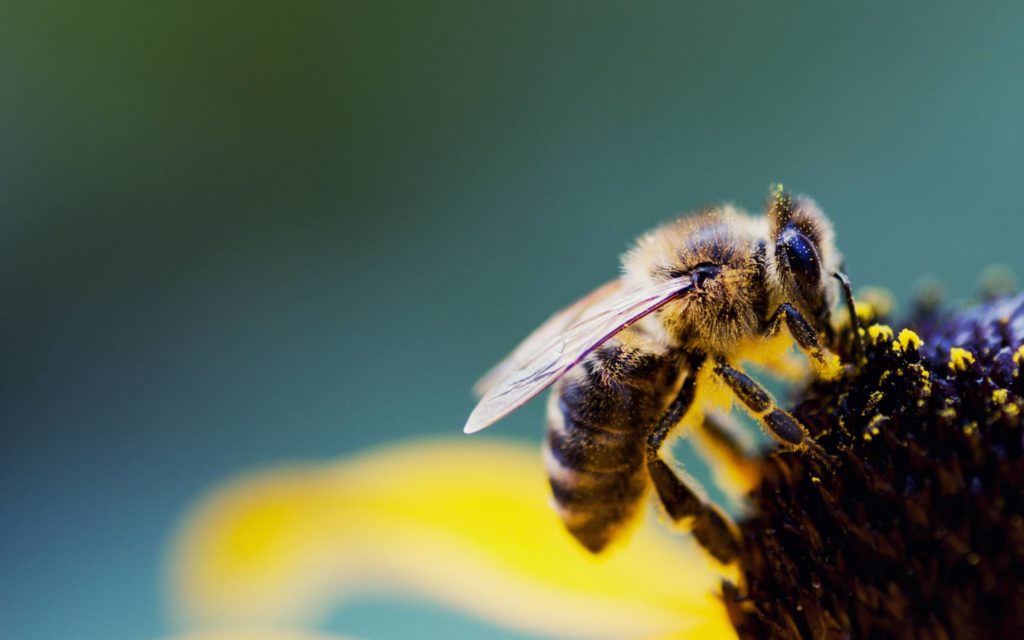
United States:
The BeeRing INC. 6195 53rd Street Vero Beach
Florida 32967 United States
Mexico: The BeeRing México.
USA: +1(772)559-4171
Mexico: +52(777)136-6239
Contact: contact@thebeering.com
Press: press@thebeering.com
Research: research@thebeering.com
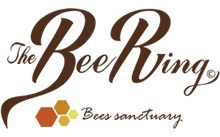
Copyright @ 2022 The BeeRing